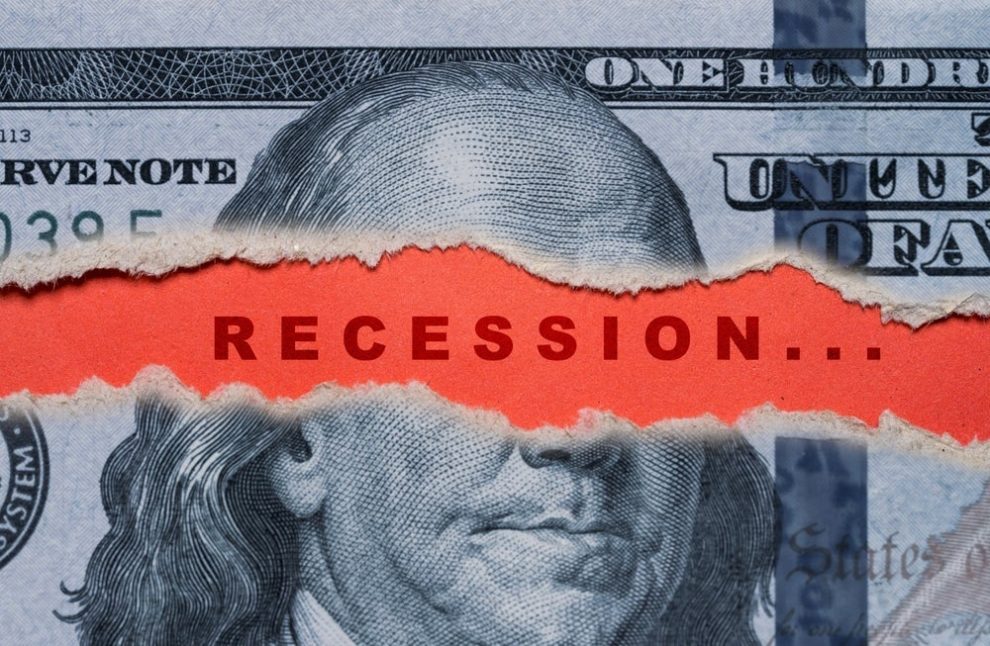Wall Street betting markets are on fire just hours before the first-quarter GDP release, with odds of a negative U.S. growth print soaring after months of trade war escalation and a record-breaking goods deficit.
According to Kalshi, a CFTC-regulated prediction market, the probability of a contraction in U.S. GDP for the first quarter surged to 65% on Tuesday, just one day before the data drop. The implied reading now point to negative 0.4%, the lowest since late February 2025.
Odds for a positive GDP reading tumbled by 30 percentage points to 39%, implying a $100 bet would return $245 if U.S. economy averts a quarterly contraction.
The economist consensus, as tracked by Trading Economics, still projects a 0.4% annualized expansion, down sharply from the 2.8% pace recorded in the fourth quarter of 2024.
The U.S. economy has not recorded a negative quarterly growth since the first quarter of 2022.
Trade Deficit Smashes Records, Weighing On GDP
A major factor dragging down the GDP outlook has been the surge in America’s trade deficit, as U.S. manufacturers rushed to stockpile imports in anticipation of higher costs stemming from Donald Trump‘s new tariffs.
The U.S. goods trade deficit widened to a historic $161.9 billion in March 2025, obliterating Wall Street’s $145 billion estimate and marking a sharp deterioration from February’s already massive $147.8 billion gap.
January and February also recorded the second—and third-highest monthly deficits ever recorded, underscoring the persistent strain on America’s trade flows.
Ballooning trade deficits directly drag GDP calculations, as net exports subtract from overall output. The bigger the deficit, the larger the negative contribution to economic growth.
Liberation Day Tariffs Stoke Fears of 2020-Style Shock, Analyst Says
In a note shared last week, Oskar Vårdal, macro analyst at Steno Research, said the current economic dynamics resemble those seen during the early days of the COVID-19 lockdowns in March 2020, when global supply chains collapsed and uncertainty spiraled.
“What we told hedge funds is that we are staring directly into a 2020-like shock,” Vårdal said, highlighting how an external disruption—this time tariffs, not a virus—is hitting supply chains, crushing cyclical indicators and fueling dangerous feedback loops.
The Dallas Federal Reserve’s latest manufacturing survey plunged to 45.3 in April, dragging the regional average for factory activity well below the 50-line that separates expansion from contraction. The broader ISM Manufacturing Index, due later this week, is still expected to come in at a subdued 48.
Larsen is speculating that a “big bond trade”—hinting at a long position in U.S. Treasuries—may be just ahead of us.
“The 48 consensus is amusingly complacent, in my honest opinion,” said Steno Research strategist Andreas Steno Larsen in a post on X, suggesting that Wall Street may be underestimating the severity of the slowdown.
Larsen said the current supply-demand dislocation mirrors the “lockdown/reopening logic” of 2020, particularly if Trump’s administration gradually dials back tariffs later on.
Now Read:
Image: Shutterstock






Add Comment